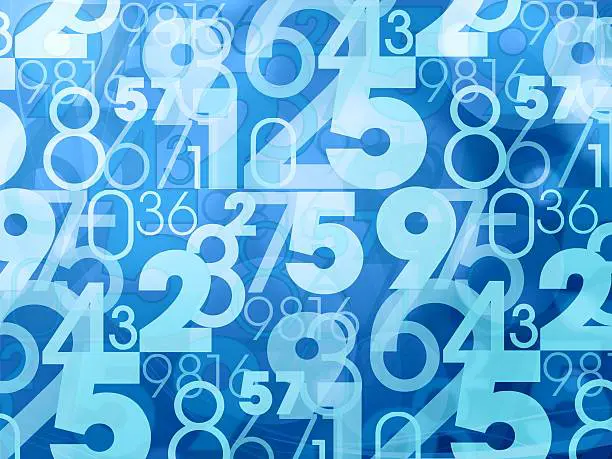
Exploring Infinite Series: Unraveling the Convergence and Divergence
- Admin
In the realm of mathematics, infinite series stand as a testament to the beauty and complexity inherent in the concept of infinity. From the humble beginnings of arithmetic progressions to the intricacies of power series, infinite series have played a pivotal role in shaping our understanding of mathematical analysis and its applications. In this article, we embark on a journey into the world of infinite series, exploring their convergence, divergence, and the fascinating patterns they reveal.
The Foundation of Infinite Series:
At its core, an infinite series is simply the sum of an infinite sequence of terms. Whether it's the harmonic series, the geometric series, or the Taylor series, each infinite series holds within it a wealth of information waiting to be uncovered. However, before we can begin to explore the intricacies of these series, we must first understand the fundamental concepts of convergence and divergence.
Convergence:
A series is said to converge if the sum of its terms approaches a finite value as the number of terms increases indefinitely. This notion of convergence lies at the heart of calculus and mathematical analysis, allowing us to study functions and solve complex problems through the manipulation of infinite series. From the convergence of geometric series to the convergence tests of power series, understanding when and how a series converges opens the door to a world of mathematical possibilities.
Divergence:
Conversely, a series diverges if the sum of its terms does not approach a finite value as the number of terms increases indefinitely. Divergent series present unique challenges and paradoxes in mathematics, challenging our intuition and pushing the boundaries of our understanding. The study of divergent series has led to groundbreaking discoveries in areas such as number theory, complex analysis, and mathematical physics, highlighting the profound impact that seemingly infinite patterns can have on our mathematical landscape.
Applications of Infinite Series:
Beyond their theoretical significance, infinite series find widespread applications across various fields of science and engineering. From calculating the value of mathematical constants to modeling physical phenomena, infinite series provide powerful tools for solving real-world problems and advancing human knowledge. Whether it's the use of Fourier series in signal processing or the application of Taylor series in numerical analysis, the versatility of infinite series knows no bounds.
Conclusion:
In conclusion, infinite series represent a fascinating intersection of mathematics and infinity, offering a window into the infinite patterns and structures that lie at the heart of our universe. Whether convergent or divergent, these series serve as powerful tools for exploring the mysteries of mathematics and uncovering the hidden truths that govern our world. Join us as we delve deeper into the world of infinite series, unraveling the convergence and divergence that define our mathematical journey.
